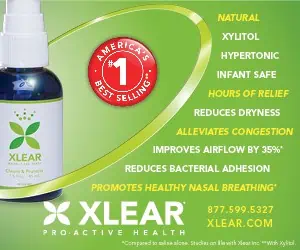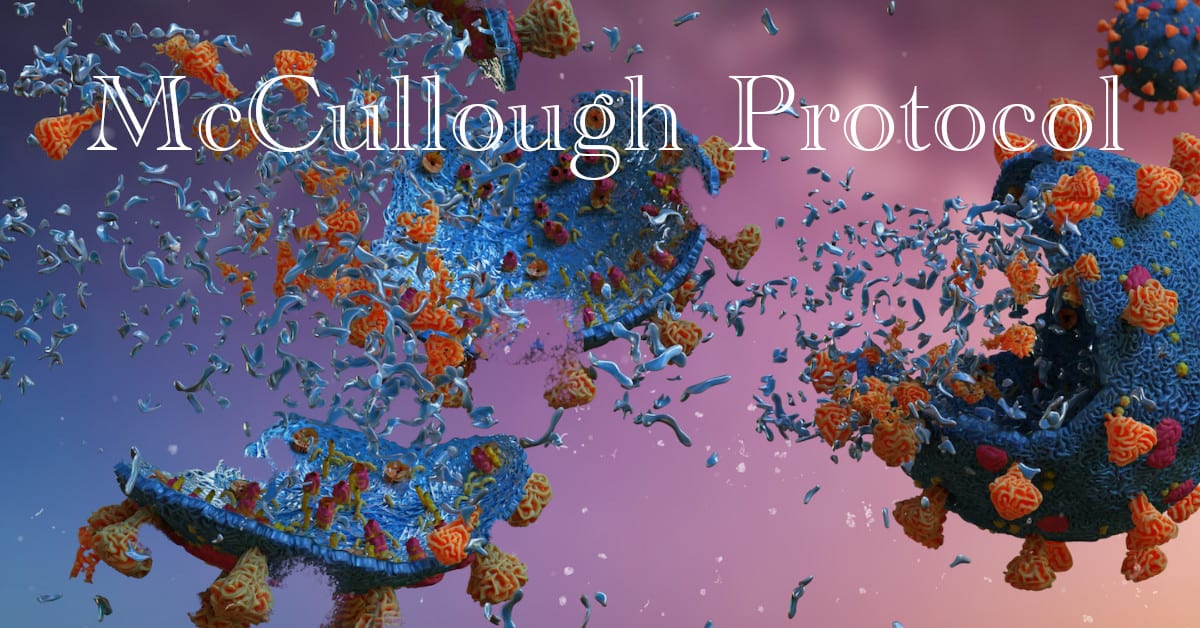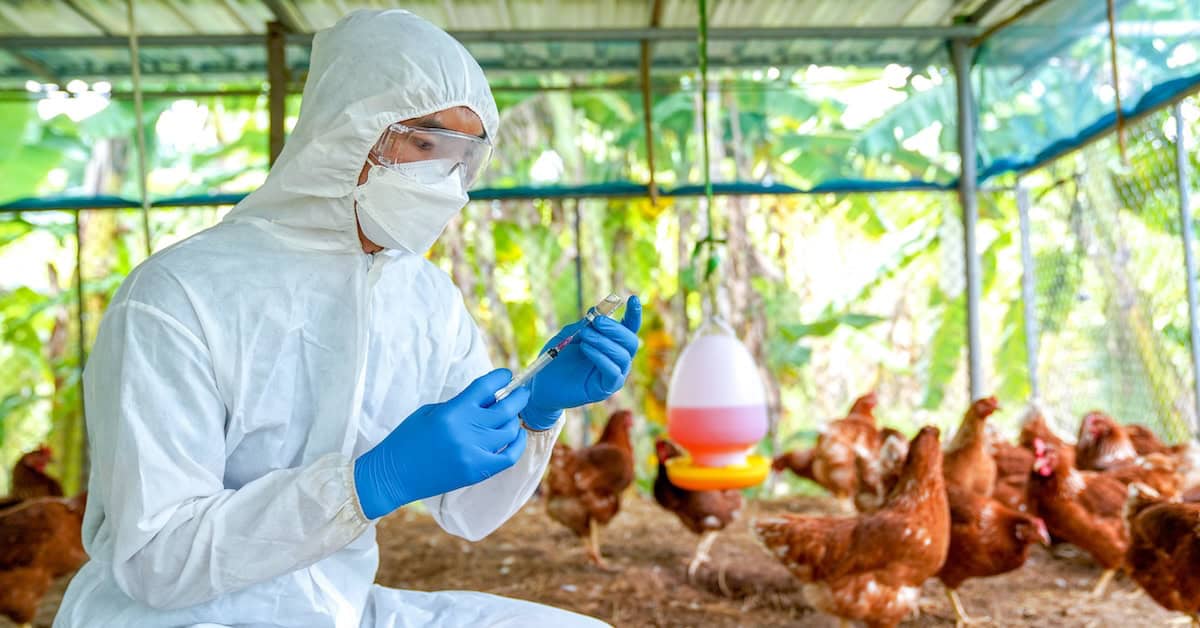The “McCullough Protocol” (©pending), otherwise known as sequenced multidrug therapy for SARS-CoV-2 infection, COVID-19 syndrome, was initially published in the August issue of the American Journal of Medicine, 2020 and later updated in December 2020.1,2 The concept was that there are three overlapping phases of SARS-CoV-2 infection:
1) viral replication,
2) inflammation or cytokine storm, and
3) micro thrombosis or small blood clots obstructing the capillaries in the lungs.3
Because these are three distinct problems within the body, it was known early that a single medication would be insufficient to treat high-risk patients. The evidence that was utilized from the medical literature was broadly considered searching for drugs that had signals of benefit and acceptable, well-characterized safety profiles.
In the setting of a novel coronavirus outbreak, doctors did not have the luxury of having years of prior randomized, double-blind, placebo-controlled trials or medical society-based guidelines which rely on those trials available for outpatient therapy. Such trials usually take 3-5 years. In a complicated illness such as COVID-19, a definitive outpatient randomized trial would take ~20,000 patients in order to discern an impact of a therapy on the outcomes of hospitalization or death.
More importantly, the same sized trial or larger would be needed in order to rule out a treatment effect of a drug that doctors had already found useful in treatment. Neither of these scenarios has played out in the first several years of the pandemic. Thus, the ”McCullough Protocol” and its principles are commonly found in the bedrock of community standard of care for ambulatory treatment of COVID-19.
With the contemporary Omicron strain, the symptoms are milder, and the risks of hospitalization and death are markedly diminished compared to earlier strains. Thus, for individuals under age 50 who are healthy, often just viricidal nasal washes with dilute povidone iodine or hydrogen peroxide plus the “OTC Bundle” are all that is needed to get through the illness in the shortest period of time with the least risk of transmitting the illness to others. Those over age 50 and or with multiple medical problems and younger persons presenting with severe symptoms are at higher risk and warrant additional prescription treatment.
At the time of this writing, monoclonal antibodies are either unavailable or being phased out of most markets. Thus, the oral antiviral box is next in the treatment protocol, and there are a variety of choices for the doctor and patient to settle upon. Hydroxychloroquine is long-acting and safe for most patients, but its effect is modest on the COVID-19 syndrome. Ivermectin at 0.6 mg/kg of body weight per day is the most dynamic for prompt symptom relief and is a favorite choice for many doctors.
Paxlovid is available under emergency use in many countries but has over three dozen drug interactions and is difficult to use in older patients on multiple medications. Paxlovid should be utilized only in the unvaccinated, and the US CDC warns the public about “Paxlovid Rebound” in the vaccinated, making the syndrome worse and lasting longer with a prolonged period of infectivity to others.4 Mulnipiravir is seldom used since its impact on the syndrome is modest and given its known mutagenic risks theoretically, including cancer and promotion of mutations in SARS-CoV-2.
Azithromycin and doxycycline are commonly added to treat the bacteria in nasotracheal secretions and concurrent atypical bacterial infections. Inhaled budesonide is proven to reduce the risk of hospitalization and makes breathing easier. Oral steroids later in the course help breathing and provide great relief from fatigue and body aches with the illness. Colchicine is used for chest soreness and has also been shown to reduce hospitalization and death. Aspirin is now the main blood thinner used in the Omicron variant.
Rarely do doctors need to prescribe heparin or other blood thinners unless a large blood clot is identified. Home oxygen can be added, and very rarely would a well-treated patient need to go to the hospital.
The first three days of illness are the “golden window” for effective care.5 For high-risk patients, it takes about 4-6 drugs for 5, 10, or even 30 courses, depending on age, medical problems, and severity of illness. Doctors have always had a duty to treat or a duty to refer to a treating doctor, and the community standard of care is established by local doctors who have taken on the challenge to treat COVID-19 in order to avoid hospitalization and death.6
(Click to open up in new tab and enlarge)
References:
1 https://www.amjmed.com/article/S0002-9343(20)30673-2/fulltext
2 https://www.imrpress.com/journal/RCM/21/4/10.31083/j.rcm.2020.04.264
3 McCullough PA, Vijay K. SARS-CoV-2 infection and the COVID-19 pandemic: a call to action for therapy and interventions to resolve the crisis of hospitalization, death, and handle the aftermath. Rev Cardiovasc Med. 2021 Mar 30;22(1):9-10. doi: 10.31083/j.rcm.2021.01.301. PMID: 33792243
4 https://emergency.cdc.gov/han/2022/pdf/CDC_HAN_467.pdf
5 https://www.ncbi.nlm.nih.gov/pmc/articles/PMC8725339/
6 https://www.ijirms.in/index.php/ijirms/article/view/1100#downloadTab



























I love all the alternative medical practitioners fighting for health freedom. But I call bullshit. I suffered from severe annual upper respiratory infections my whole life until a decade ago. They almost killed me when I was a kid. Then I got fed up and studied alternative medical therapies, physiology, and biology. I learned to cut waaaaay back on mucus-forming foods like starch (you know, chips, bread, pasta, cake, cookies, french-fries, etc.) and dairy. I greaaaaatly increased my consumption of fresh fruit & veges. That was all it took to stop getting infections. Now, if I go overboard on soda, Sour-Patch Kids, cookies & ice-cream, and other mucus-forming garbage for a couple weeks, all that snot they make starts coming out of every pore & orifice in my body. It’s accompanied by all the symptoms labeled “cold” & “flu” – headache, fever, chills, coughing, sneezing, congestion, buggars, etc. It has NOTHING to do with germs and EVERYTHING to do with dietary errors. I like to demonstrate this for friends who are still bamboozled by the germ-theory propaganda the drug business uses to make people think their health is diminished by invisible demons that float through the air and can only be exorcised by their magic potions. That con has been going on for at least 100 years. When the masses learn to be healthy by eating healthy, the drug business will lose a LOT of revenue. When my dietary choices result in the above symptoms, I know the body is overflowing with toxins that I put in it and is trying to clean them out. So, I help it “clean house” by fasting: I stop putting food in it and only consume water. Our bodies are plumbing systems that have to be flushed like toilets that are overflowing. If I get so hungry while fasting that I can’t stand it, I eat low-sugar WATERY veges like steamed zuchini with butter & salt. After 48 hours of fasting, the symptoms have cleared up 80% because the body’s plumbing system has been flushed out. I’ve heard the process may take longer with age.
Thank you!!
Getting the flu vaccine each year, is that encouraged? I know it depends on co-morbidities, and general health info. I am in good health. I use povidone iodine nasal spray. I am 78. I have never taken the flu shot or the covid shot, in fact none of the recommended shots for someone my age.
You’re 78. Never take a vaccine, doesn’t work.
Dr. McCullough’s protocol for the IVM dosing is higher than recommendations I have repeatedly seen.
I have repeatedly seen 12 mg per day for adults. Thus, in our family we have managed the various C19 illnessess with that 12 mg level (or the formulation of 200 mcg/kg of weight). I am not a medical professional, but would caution against using such high dosages without having medical supervision. We stuck with the safer range not exceeding 20/mg per day for 3-5 days for the worst family cases.
I do not disagree with McCullough, although we are far more naturopathic and would not use most of the drugs he recommends in his protocol.
Instead we utilized, nebulized H2O2, NAC, High vitamin D3 (50k IU per day), Zinc, Quercetin, GARLIC AND GINGER infused hot water (tea) as they are anti inflammatory, anti-viral, blood thinning, plus
aspirin.
Ivermectin, Aspirin and Quinine (somewhat akin to the Quercetin and HCQ mentioned) are all originally found in our earth and/or plants (i.e., tree barks). IVM was designated one of the “wonder drugs” when isolated in a rare find in Japanese soil!
I am immune compromised since childhood and I along with our entire family, have never needed hospitalization for C19 although contracting it at various times since January 2020. We would have NOTHING to do with any monoclonal antibodies, nor the various antivirals pharmaceuticals mentioned.
Povidone Iodine is something we haven’t tried, but would be open to. We also aggressively monitored O2 levels at home, AND the H2O2 nebulizing provides almost immediate increases in blood O2 levels for all who needed it.
***This is our personal story *** I am NOT A MEDICAL PROVIDER AND AM NOT PRESCRIBING
“Ivermectin at 0.6 mg/kg of body weight per day”
So many people are afraid to do the wrong math.. can someone PLEASE finally do this in American units?? mg to lbs!
The FL CCC protocols have a table included so you can simply locate your weight range and determine your dose. I always make sure people that are ill have access to that so they can have a quick reference when they are sick and not thinking clearly.
Also, I would suggest you download a dosing calculator or bookmark one.
https://www.omnicalculator.com/health/dosage
PLEASE NOTE, THIS IS NOT MEDICAL ADVICE, simply to translate what you have said, for educational purposes only, to better your understanding…
kg means kilogram 1 kg= 1000 grams
in US we use pounds, so you just need to know the conversion between kg to pounds or know how to convert your weight in pounds to kgs
1 kg is equal to 2.2 pounds (2.205 to be exact)
your statement says ” ivermectin at 0.6mg/kg body weight per day” this would mean:
“ivermectin 0.6mg/ 2.2 pounds of body weight per day”…. that literally means, 0.6mg of ivermectin is given for every 2.2 pound of weight the patient has.
so you can figure it for pounds or kg, it doesn’t matter which…for example:
in general:
take your weight in pounds and *divide* by 2.2, this will give you your weight in kg.
to be exact:
lets say you weigh 150 pounds, *divide* by 2.205 and you get 68.03 kg
so, this means a 150 pound person’s weight in kg is = 68.03 kg
then you would take 0.6mg and *multiply* it times 68.03 kg why?
why do that? because it means, in this example, for every kg you weigh, you need 0.6mg ivermectin…
so, 0.6mg x 68.03 kg= 40.818 mg or estimated 41 mg per day
now that is only helpful if you have tablet size that can achieve 41mg
what form is the medication in? what is the measurement it is in? ie pills, powder, liquid, injection etc.
you must look at the packaging and confirm what each serving/dose provides…..for example-
are pills sized at 325 mg? or 20 mg? or 10 mg? would you know how to properly manipulate the tablet to get your dose? meaning if you were given 5 mg tablets, you would need to be sure to take 8 tablets as 5mg x 8 tablets = 40 mg (ok that was basic, but something to think about, mistakes can be made easily when people are nervous or tired….not just in older and younger people)
again here, depending on the tablet size, you would need to be careful to achieve whatever mathematical dose of ivermectin needed with respect to the dose that each tablet already provides.
really, what you MUST be careful for, are the conversions.
ALSO, was this example a dose that was for “PO”, meaning taken by mouth orally….*OR* was this an example of a dose for “IV” meaning to be given intravenously. usually when a medication is written as ….” give medication *at* some does per kg per day/night/ q4 hrs or q 8hrs etc, it is for a medication that is being given IV (intravenously) and the medication is running at a rate that provides that dose.
it might make a difference….so you should clarify what that statement means and where it came from to confirm the target age that is for, the route it is for (by mouth or iv) and of course the dose- is this for man or woman, child, elderly??..
remember, all medications are dosed based on weight and time, but doctors and pharmacists need to be involved in this process, just in case, as they can consider factors like age, health state (how is the patients kidneys, how is the patient’s liver etc…and could there be any contraindications, like this ivermectin interacting with another drug/ medication/ supplement the patient is already taking) If you feel you can’t speak to your doctor due to their beliefs or restrictions (due to regulation), then find yourself a naturopath or go to Frontline doctors and look for a listing of doctors who are willing to dose this med.
I would vehemently urge you to have the ok from a certified licensed professional, for your own safety
be well!
I weigh 140 lbs. Divide: 140 lbs / 2.2 kg/lb is 64 kg. Multiply: 64 kg * 0.6 mg/kg is 38 mg. So I’d take THREE 12 mg tabs (what I have at home) daily per FLCCC guidelines. That’s it: divide and multiply.
Dr. McCollough, I know you mentioned the possibility of vaccine tainted blood transfusions as well as the possibility of breast feeding mom’s (maybe it was one study with one mom) passing the spike. My son and his wife did not take the shot. This week during giving birth, she required an emergency hysterectomy and single oophorectomy. She required several blood transfusions . They are both worried about wether she may have now received the spike through the transfusions. They are also worried about her breastfeeding her infant. I saw that nattokinase is not recommended for breastfeeding moms. What are your recommendations? Thank you so much for your work and struggles to protect the human race.
Sincerely,
Kathy Thompson
Ivermectin (Horse Health). Used 3 times. Once to kill infection under the breastbone and twice to kill the fake Covid. Three days for the C cure and 5 days for the 2 yr breastbone infection cure. Wife and I are early 70s, gym rats, organic ketovore eaters and unvaxd.